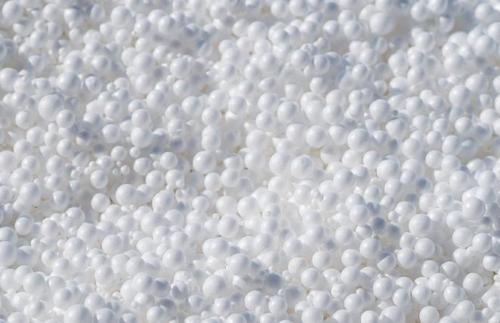(EPS) Stands for Expanded polystyrene and it is a versatile, lightweight material that can be manufactured into a variety of products. EPS offers a high-performance yet economical support for a wide variety of items—from sensitive electronics to appliances to pharmaceuticals—to be safely delivered to market. Manufacturers rely on EPS packaging because of its ability to prevent or minimize product damage during transit and its excellent insulation properties required for food and medical shipments.
Yet EPS packaging, just like any disposable packaging, will eventually become a solid waste and have to be managed. But here’s the good news: EPS is recyclable. Although the availability of polystyrene recycling programs varies by community and can be limited, the EPS industry uses average of 50 percent of the post consumer material collected in the manufacture of new EPS transport packaging and loose fill packaging, which has reduced requirements for raw material resources, energy consumption has diverted material from landfills.
Recycling EPS can mean a variety of different things, meaning EPS waste should not simply be thrown away to be forgotten about. Because of its re-usability, EPS can easily be recycled into new foam packaging or durable consumer goods like cameras, coat hangers, CD jewel cases and much much more.
For more helpful links on recycling outside of SCFR please click here. [Outside Resources]


